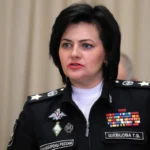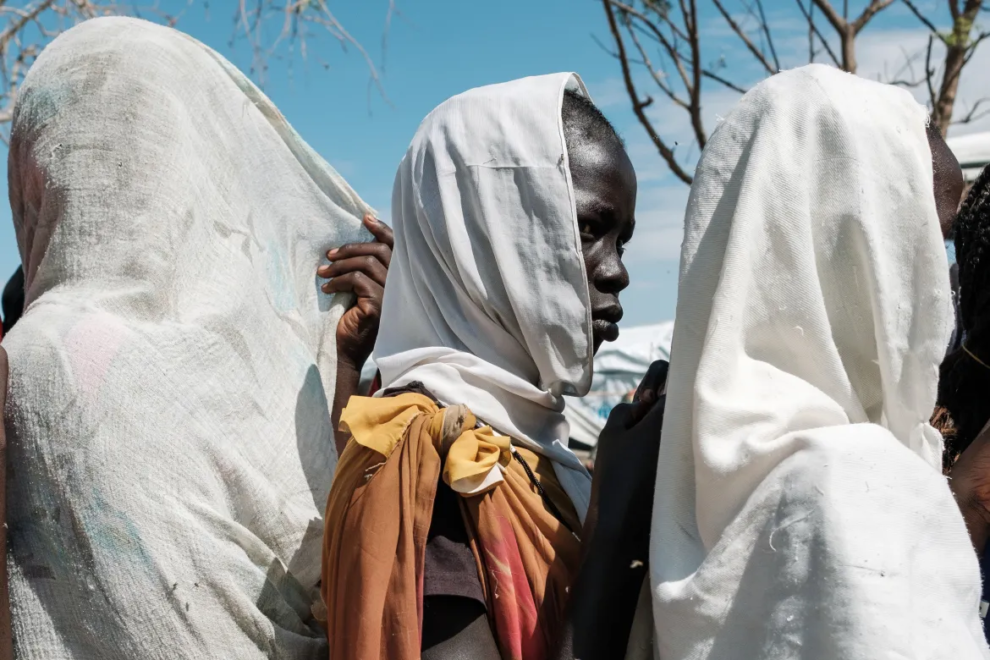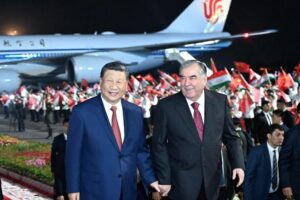Some 60 percent of people fleeing to South Sudan pass through Renk, where rain and scarce resources make life tenuous.
Under a makeshift tent, Nyaluak* cradles her baby boy, born only minutes ago and looking placidly up into his mother’s eyes unaware of his surroundings. She and the newborn are quiet – and lucky.
The thin sides of the tent can’t stop the inconsolable wails from some mothers only metres away, mourning the death of a five-month-old baby, whose body lies lifeless at their feet, wrapped in brown cloth on the muddy ground.
The juxtaposition of joy and trauma could not be plainer in the Renk Transit Centre, 40km (25 miles) south of the border with Sudan, where local relief staff say an infant dies nearly every day, and where life and death have become weary companions as people flee violence between rival warlords that began in the Sudanese capital, Khartoum.
More than 100,000 people have fled Sudan into neighbouring South Sudan since the conflict erupted on April 15, according to UN figures. Nearly 60,000 of those have passed through Renk, a border town that is usually dry until the annual rains inundate it, as is happening now.
Set up in the derelict buildings of an old university, the Renk Transit Centre was originally designed to host 2,000 people. But as transport out of Renk gets harder with the onset of rain, it is now bursting with more than 11,000 people making do as best they can in the mud.
As the rainy season looms, it brings more dangers. At Joda, the border post before Renk, a pop-up clinic caters to those crossing the border. One camp official said: “Every day children die,” then added: “Yesterday also, a two-year-old child died. The day before yesterday, a six-month-old child died. The day before that also, a child died.”
“Every day, all people, they are dying because there are no health facilities. So sickness comes.”
Both government authorities and humanitarian organisations have been hesitant to set up a permanent camp. They aim to resettle as many people as possible further into South Sudan, where there are better transport links and more significant infrastructure to cope with the influx.
From Renk, those who can afford it take buses, trucks or boats further south to Malakal, where a UN-run Protection of Civilians (POC) site, is already dangerously overcrowded and operating at double capacity with 41,000 people.
Many Sudanese refugees are also taken by UN agencies by bus from Renk east to 10-year-old Maban Dorro camp, where a new section has been created alongside the 160,000 Sudanese refugees already at the camp.
Testament to the dangers here is the rows of bright white tents set up by the UN Refugee Agency, easily seen from the Renk centre. Most are empty because people in the centre say they’re too scared to move there with armed robbery common, floods posing a serious threat, and lethal snakes abounding.
Faniel, who escaped Khartoum and has been living under an open-sided concrete shelter at the Renk centre for a month, says the place will be flooded in two months.
“They take our bags, our money… they have weapons, we do not have anything,” says Faniel. “This is just like Khartoum … from war to war.”
* Name changed to protect the individual.
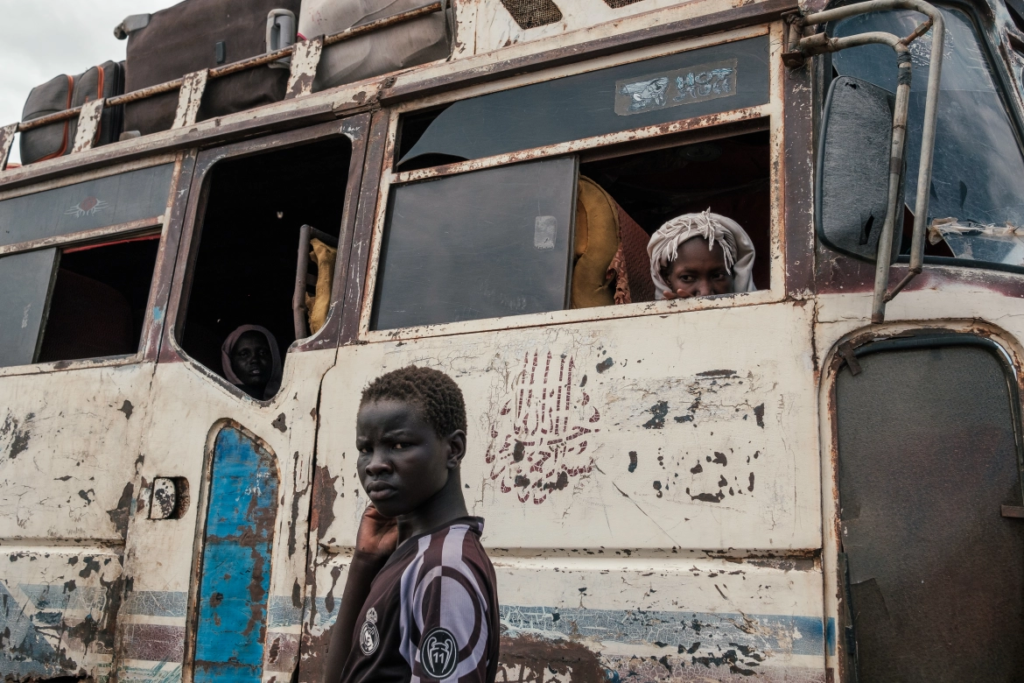
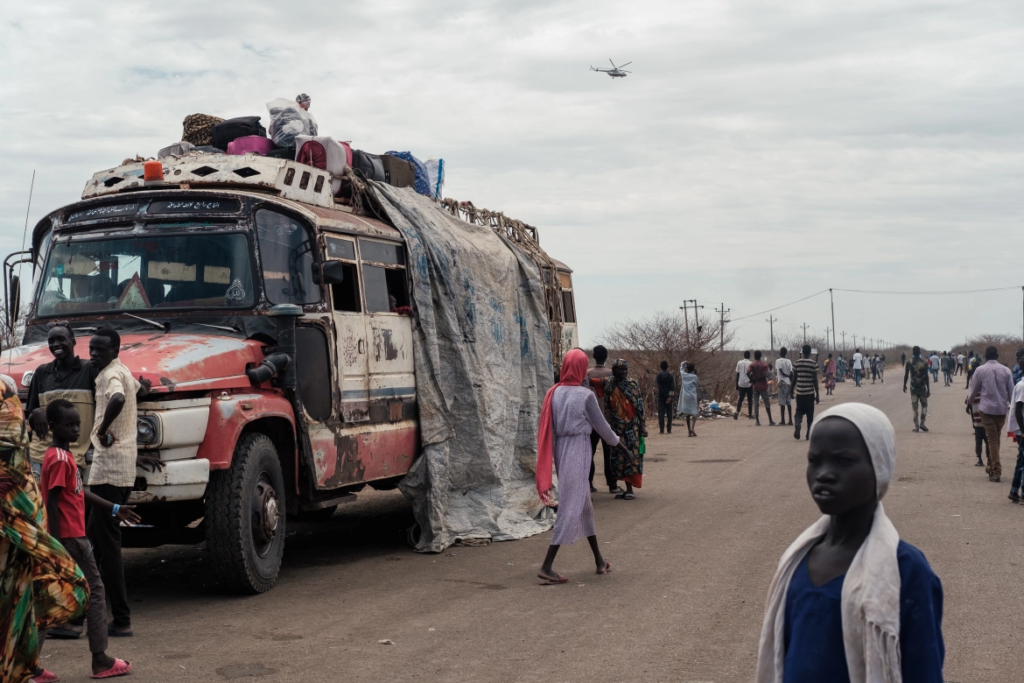
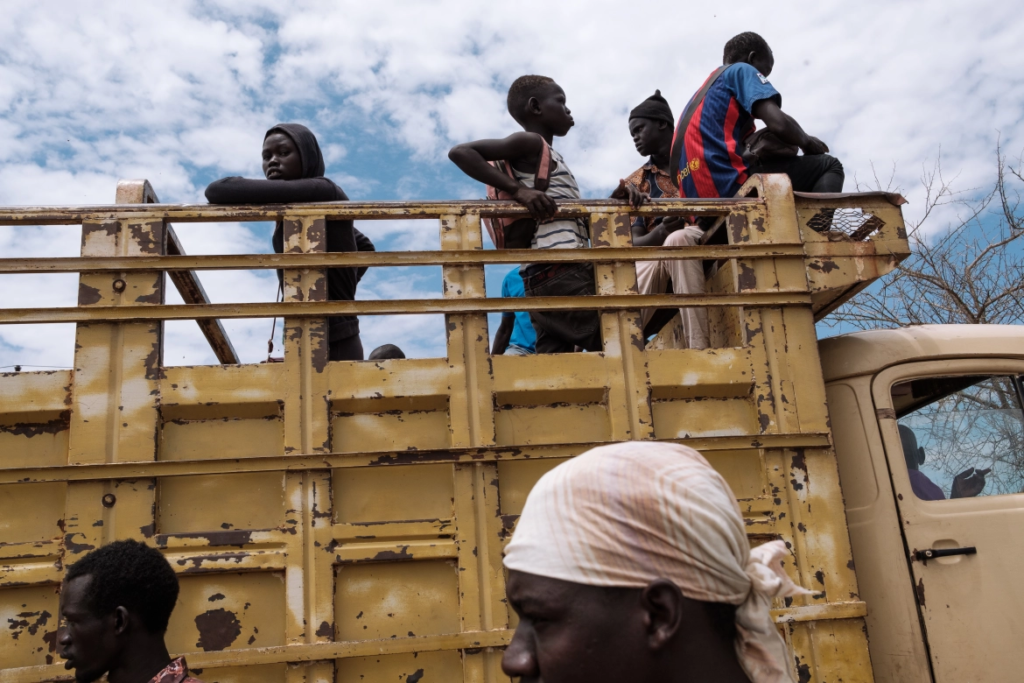
Source : Aljazeera




